AI and Wildlife Conservation GPT - AI-Driven Wildlife Conservation

Welcome! Let's discuss AI in wildlife conservation.
Empowering Conservation with AI
How does AI track animal movements?
Explain AI's impact on habitat analysis.
Describe AI in anti-poaching efforts.
Future developments in AI for wildlife conservation?
Get Embed Code
Introduction to AI and Wildlife Conservation GPT
AI and Wildlife Conservation GPT is a specialized tool designed to leverage artificial intelligence for the benefit of wildlife conservation efforts. Its primary purpose is to provide insights, analyses, and solutions to challenges faced in wildlife monitoring, habitat preservation, and anti-poaching initiatives. This tool integrates advanced AI technologies such as machine learning, data analytics, and predictive modeling to understand and predict wildlife movements, assess habitat conditions, and streamline anti-poaching operations. An example scenario illustrating its application is the use of AI to analyze satellite imagery and drone footage to track the migration patterns of endangered species, enabling conservationists to make informed decisions about habitat protection and to identify poaching hotspots. Powered by ChatGPT-4o。

Main Functions of AI and Wildlife Conservation GPT
Wildlife Monitoring
Example
Utilizing machine learning algorithms to analyze camera trap images for species identification and population counting.
Scenario
In a national park, conservationists deploy camera traps to monitor wildlife. AI and Wildlife Conservation GPT processes the images, identifies species, counts individuals, and tracks their movements over time, providing vital data for species conservation planning.
Habitat Preservation
Example
AI-driven analysis of satellite imagery to assess habitat quality and changes over time.
Scenario
To safeguard the habitat of a threatened species, the tool analyzes satellite images to detect changes in land use, vegetation cover, and water resources. This information helps conservationists prioritize areas for restoration and protection efforts.
Anti-Poaching Efforts
Example
Deploying AI-powered drones for real-time surveillance to detect and deter poachers.
Scenario
In regions plagued by poaching, the tool coordinates the deployment of drones equipped with AI to identify suspicious activities in real-time. By alerting local authorities promptly, it aids in the prevention of poaching incidents.
Ideal Users of AI and Wildlife Conservation GPT Services
Conservation Scientists and Researchers
These professionals can utilize the tool for in-depth analyses of wildlife populations and habitat conditions, aiding in their research and the development of effective conservation strategies.
Wildlife Conservation Organizations
Non-governmental organizations and conservation groups can leverage the tool to enhance their monitoring and protection efforts, from planning anti-poaching operations to engaging in habitat restoration projects.
Government Wildlife Agencies
Government entities responsible for managing national parks and protected areas can use the tool for efficient wildlife management, ensuring the sustainability of ecosystems and compliance with conservation policies.
Educators and Students
This group benefits from the tool's capabilities for educational purposes, enhancing learning about biodiversity conservation through real-world data and scenarios.

Guidelines for Using AI and Wildlife Conservation GPT
1
Initiate your journey by accessing yeschat.ai for a complimentary trial, bypassing the need for login or ChatGPT Plus subscription.
2
Identify your specific interest or question related to wildlife conservation, habitat analysis, or anti-poaching efforts to tailor the interaction.
3
Use clear and specific questions to ensure precise and detailed AI responses, enhancing your understanding or research.
4
Leverage the tool's multilingual capabilities by specifying if you prefer responses in a language other than English.
5
Provide feedback on the responses received to refine future interactions, ensuring the tool evolves to better meet user needs.
Try other advanced and practical GPTs
AI and Oceanography GPT
Navigating Oceanography with AI
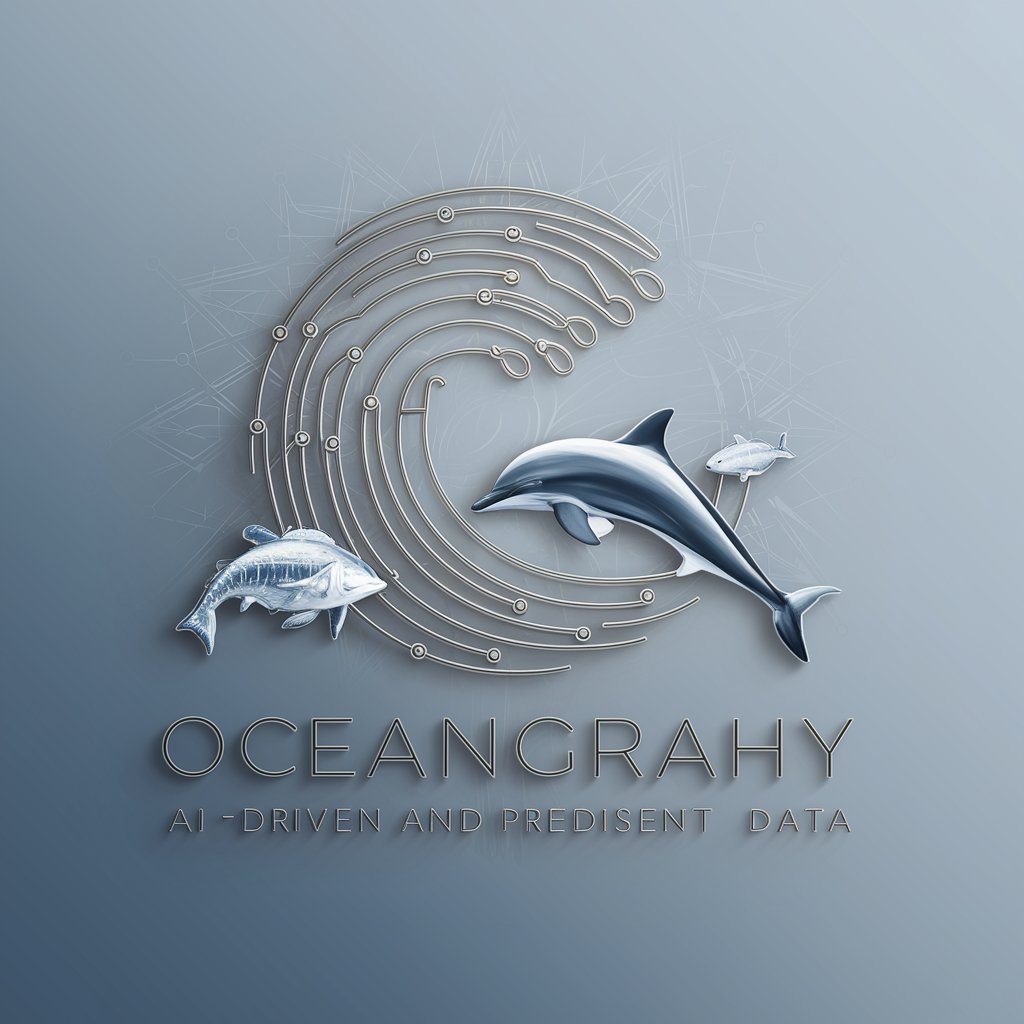
Easy Wealth Advisor
Maximizing Wealth with AI-Powered Advice

Douchebag Logic
Satirical AI for Daily Amusement

Lazy Genius
Your go-to AI for smart, effortless solutions.

Matrix Master
Streamlining Project Success with AI
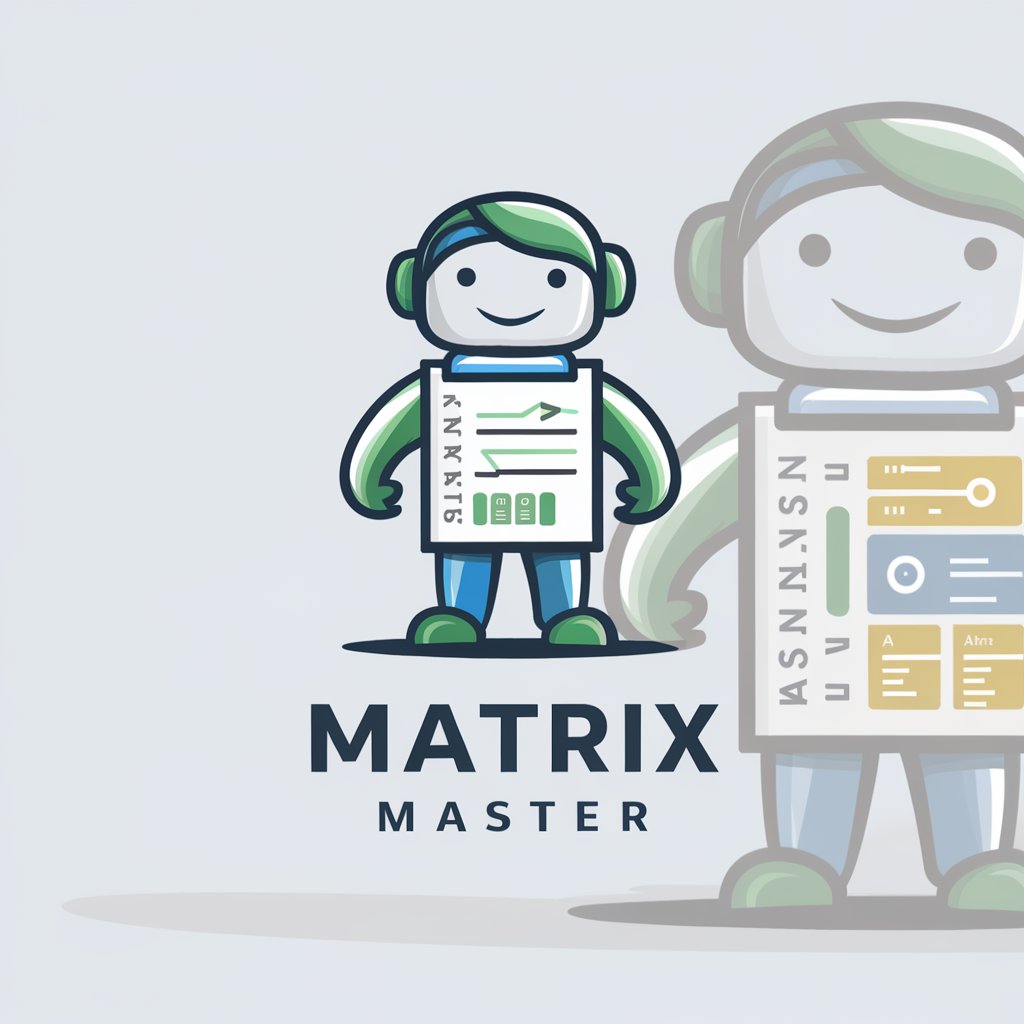
Wealth Muse
Innovate wealth, minimal effort.

Statics Solver
Simplifying Statics with AI
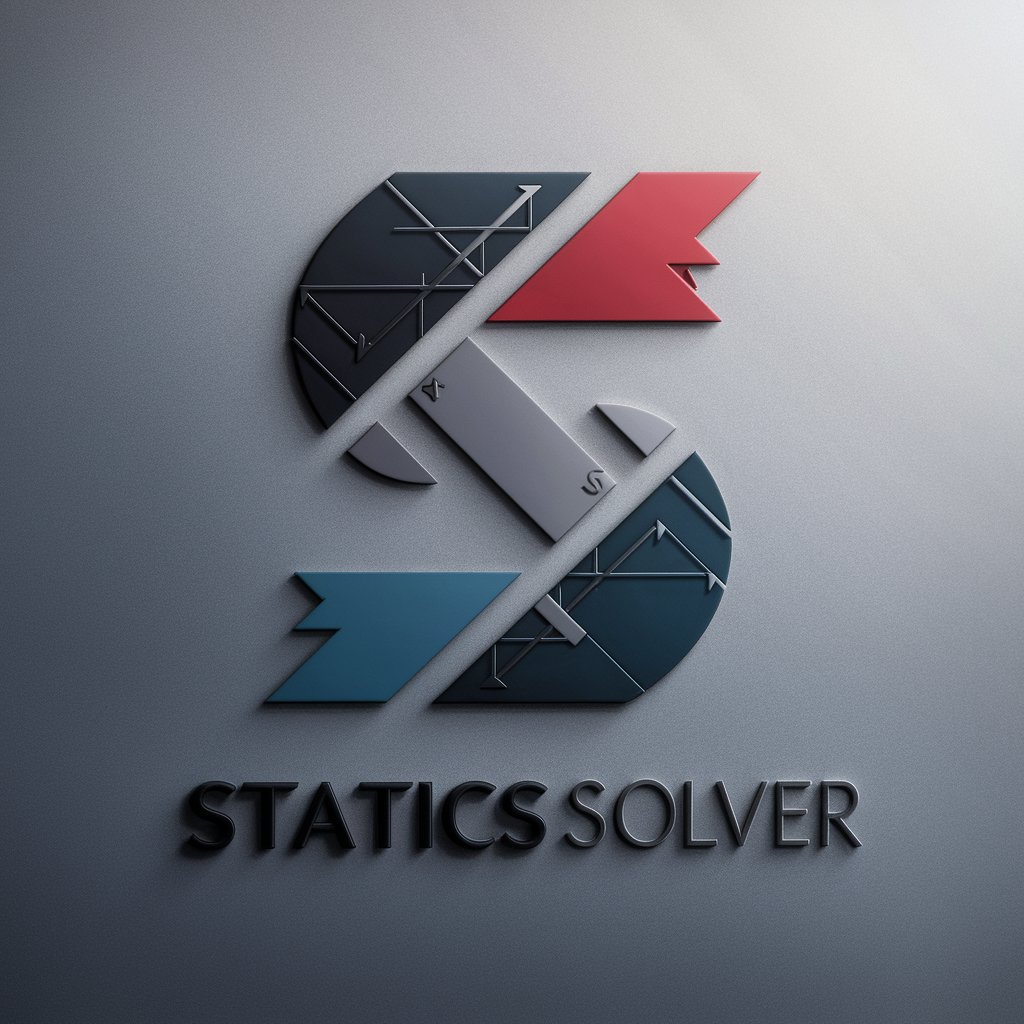
Calculus Solver
Solve calculus effortlessly with AI

Chemistry Solver
Solving Chemistry with AI
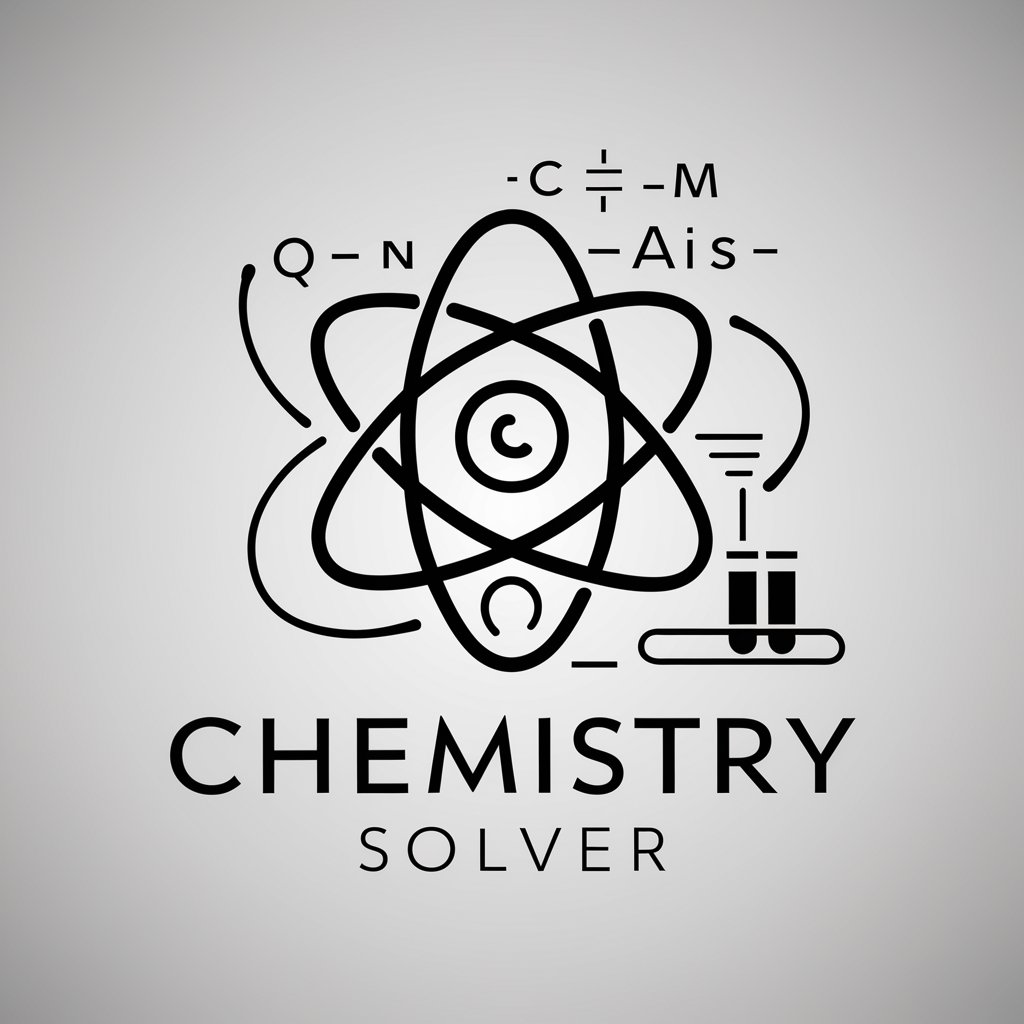
Astronomy Guide
Guiding the Stars with AI
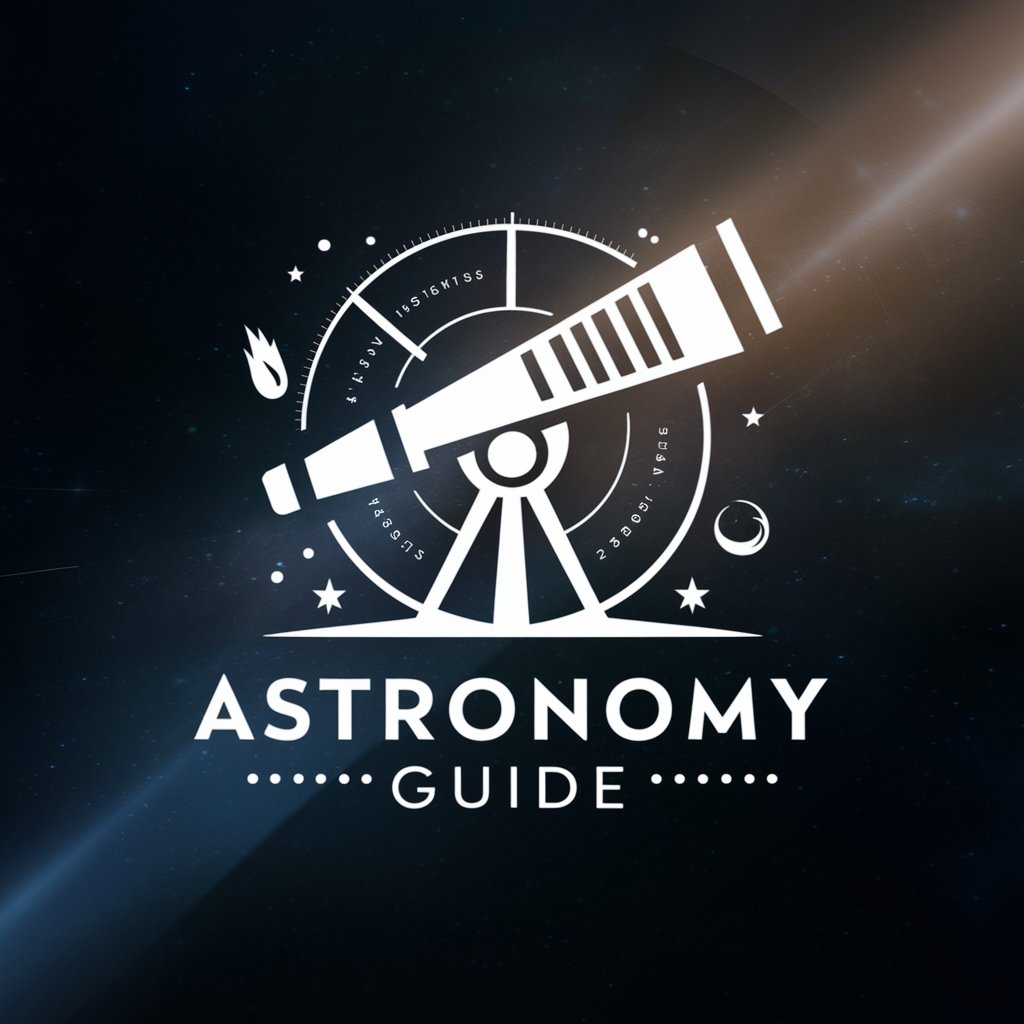
Pawfect Match
Find your pawfect dog companion with AI
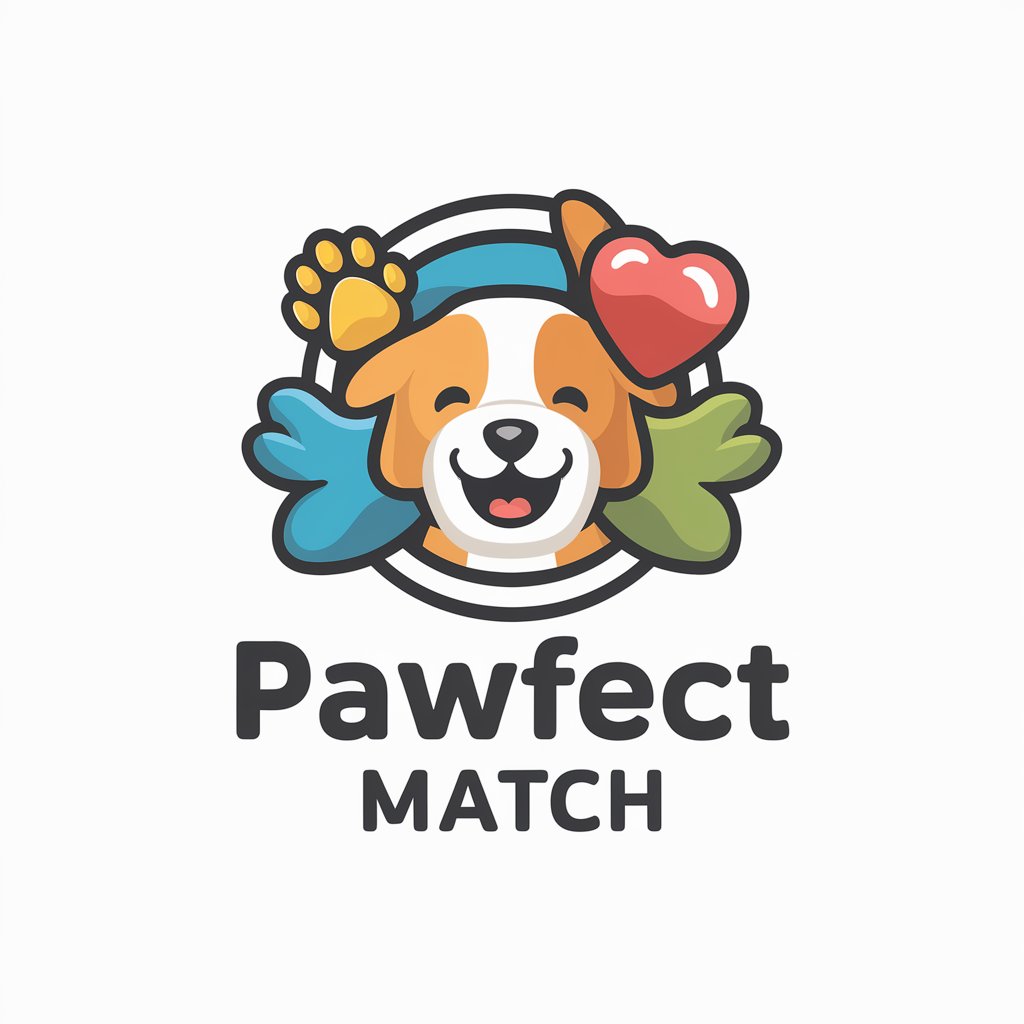
Python Mentor
AI-powered Python learning made easy.
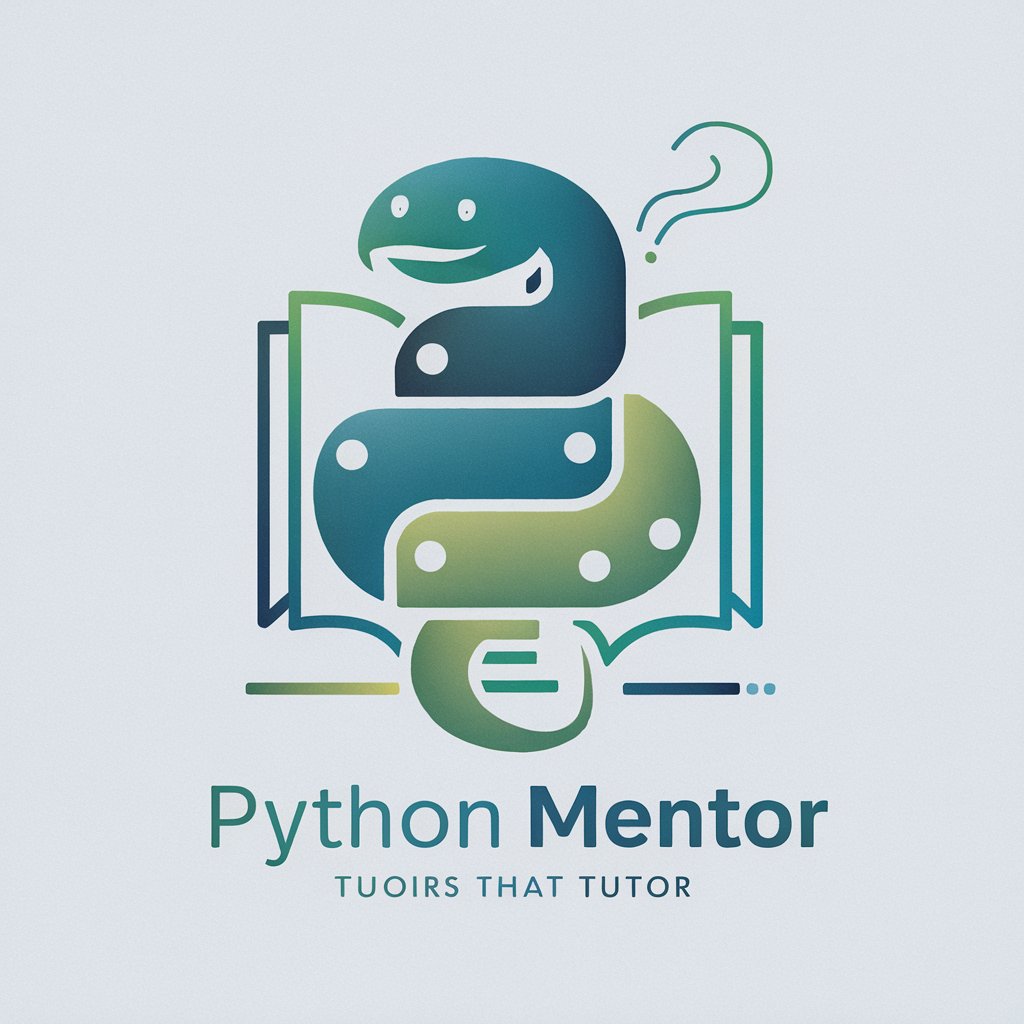
Detailed Q&A on AI and Wildlife Conservation GPT
How does AI contribute to anti-poaching efforts?
AI aids anti-poaching efforts through the analysis of data from camera traps, drones, and satellite imagery, enabling the identification of poaching patterns and hotspots. Machine learning algorithms predict poaching risks, optimizing patrol routes for rangers.
Can AI and Wildlife Conservation GPT assist in developing personalized conservation plans?
Yes, it can generate customized conservation strategies by analyzing specific regional or species data, considering factors like habitat conditions, threat levels, and conservation priorities, thus aiding in focused and effective conservation efforts.
How does the tool support academic research in wildlife conservation?
It provides access to updated data analyses, trends, and AI-driven insights into habitat preservation and species monitoring, assisting researchers in identifying study areas, formulating hypotheses, and interpreting complex environmental data.
What ethical considerations does AI in wildlife conservation encompass?
Ethical considerations include ensuring data privacy, avoiding harm to wildlife during monitoring, respecting indigenous rights and knowledge, and the transparent use of AI findings in conservation policies.
How does real-time data integration enhance wildlife monitoring?
Real-time data integration allows for the immediate analysis of habitat changes, animal movements, and threat detection, enabling timely interventions for habitat preservation and the protection of wildlife from imminent threats.
